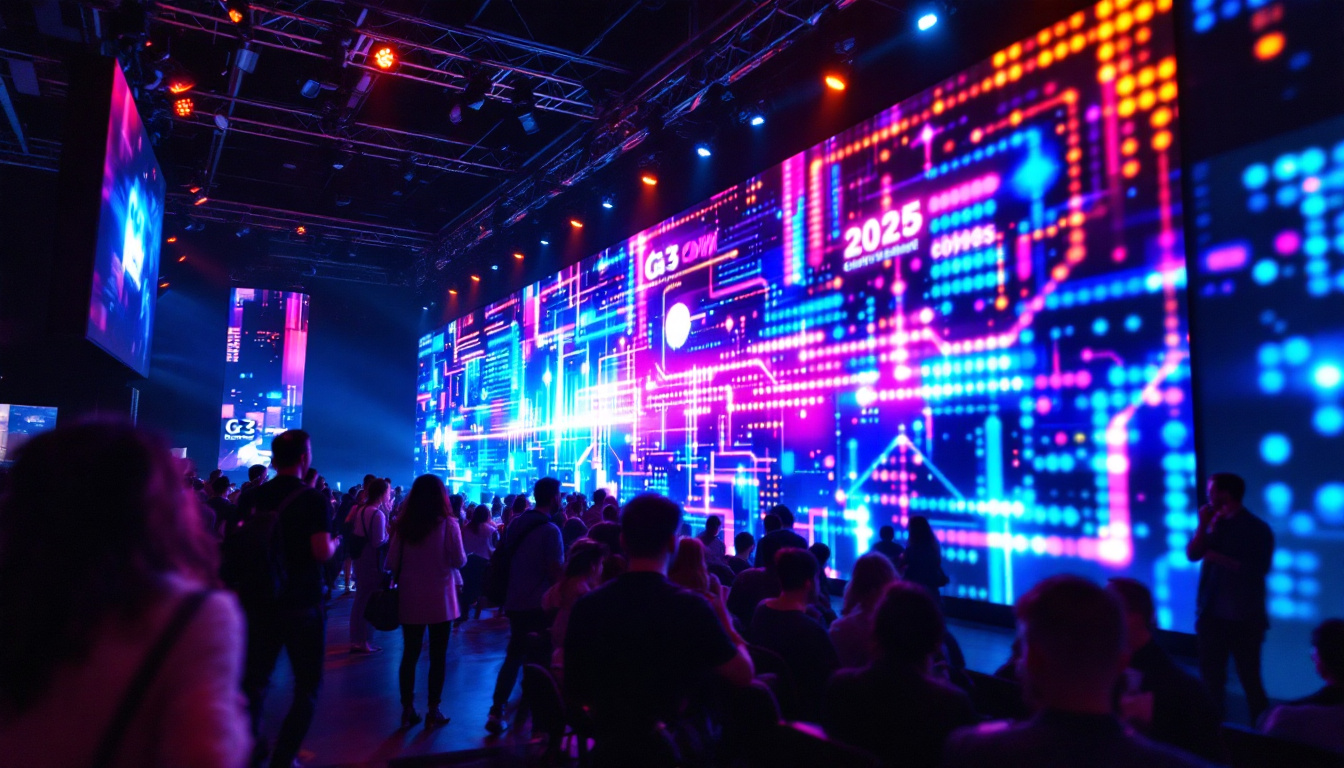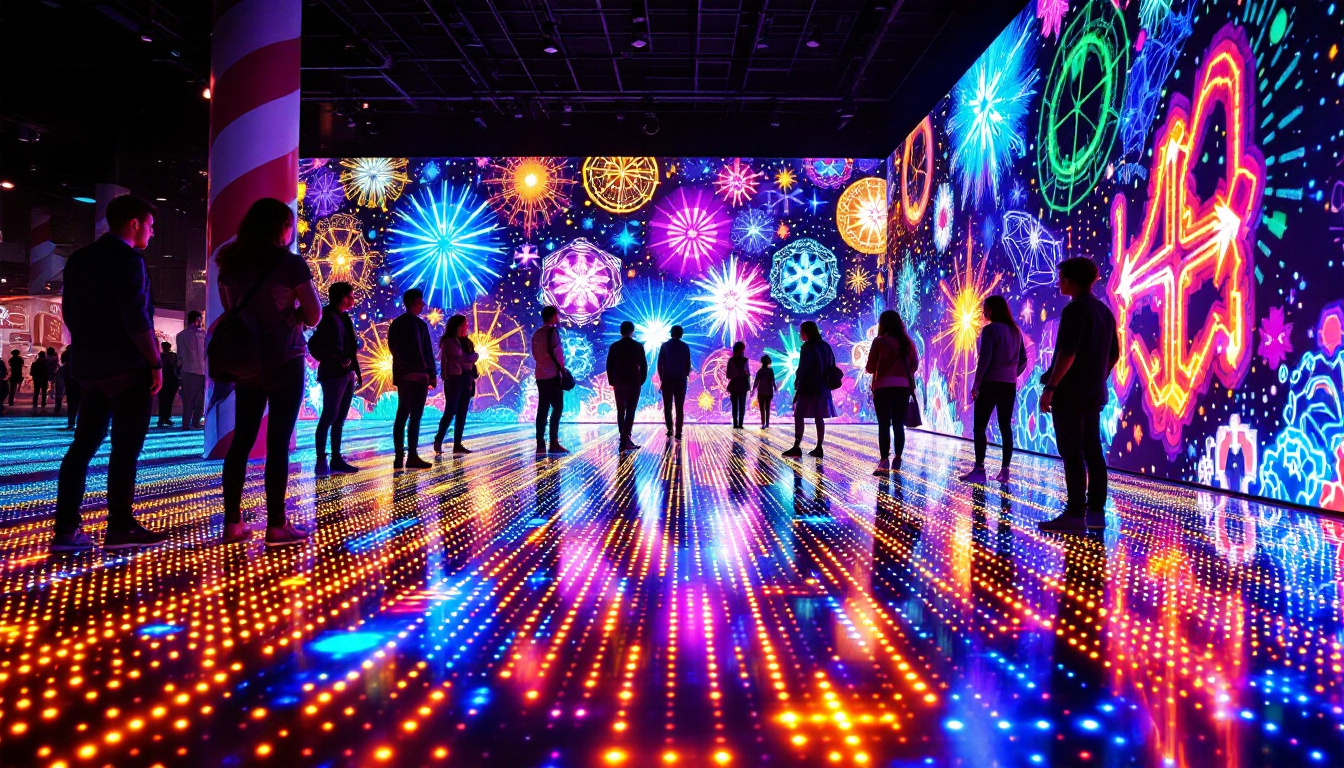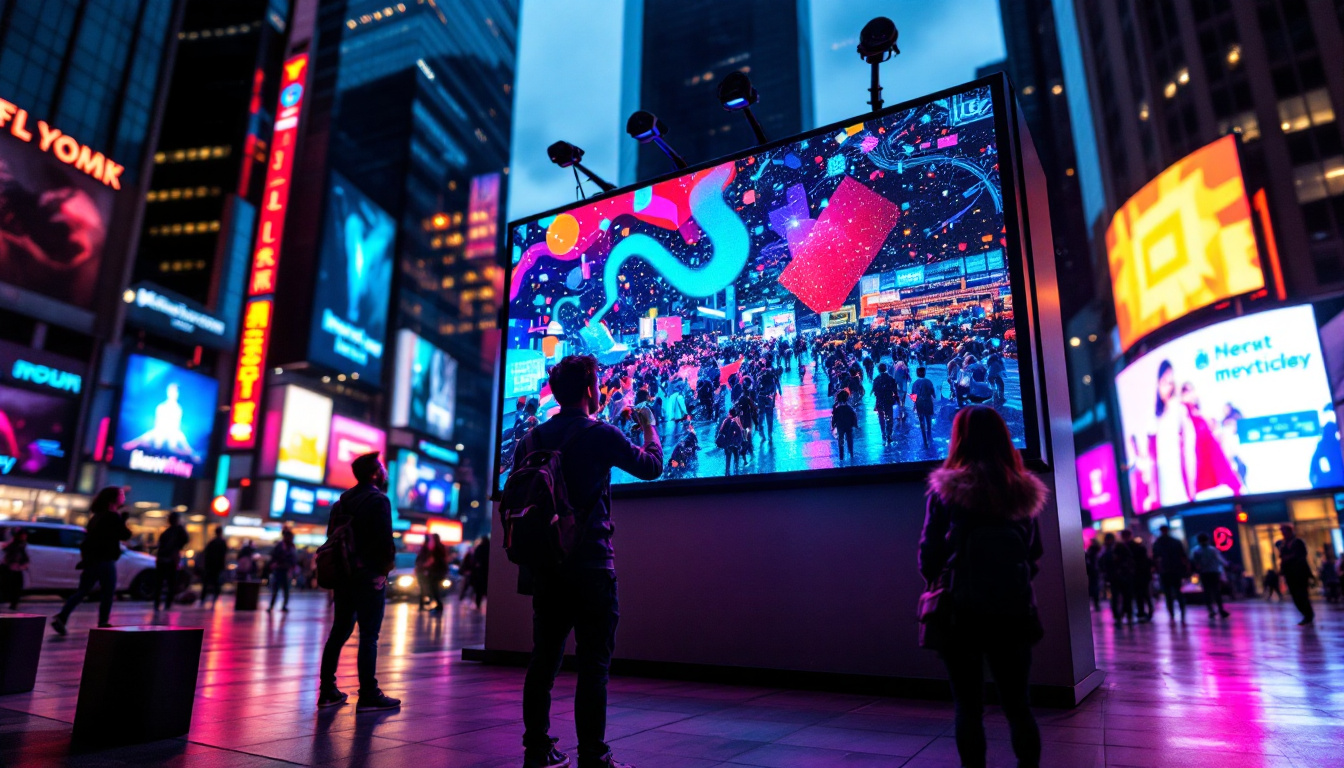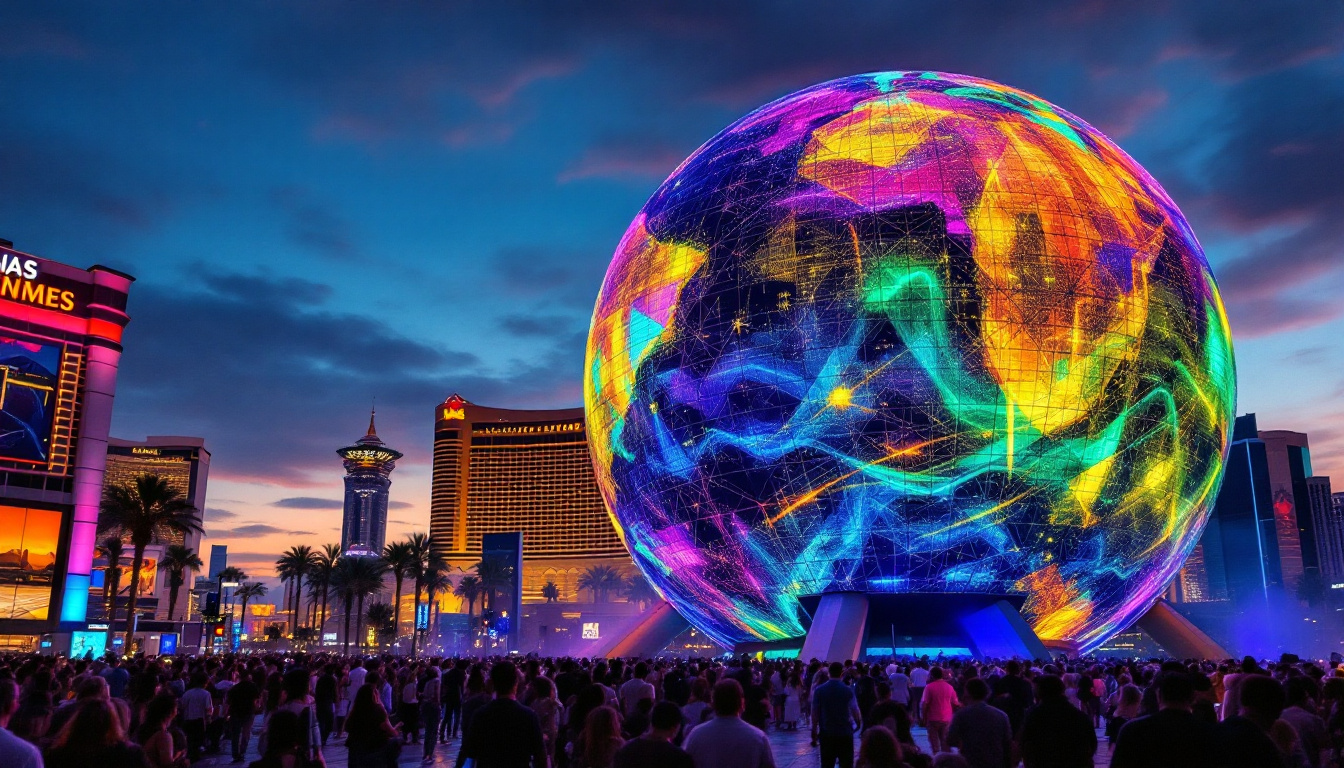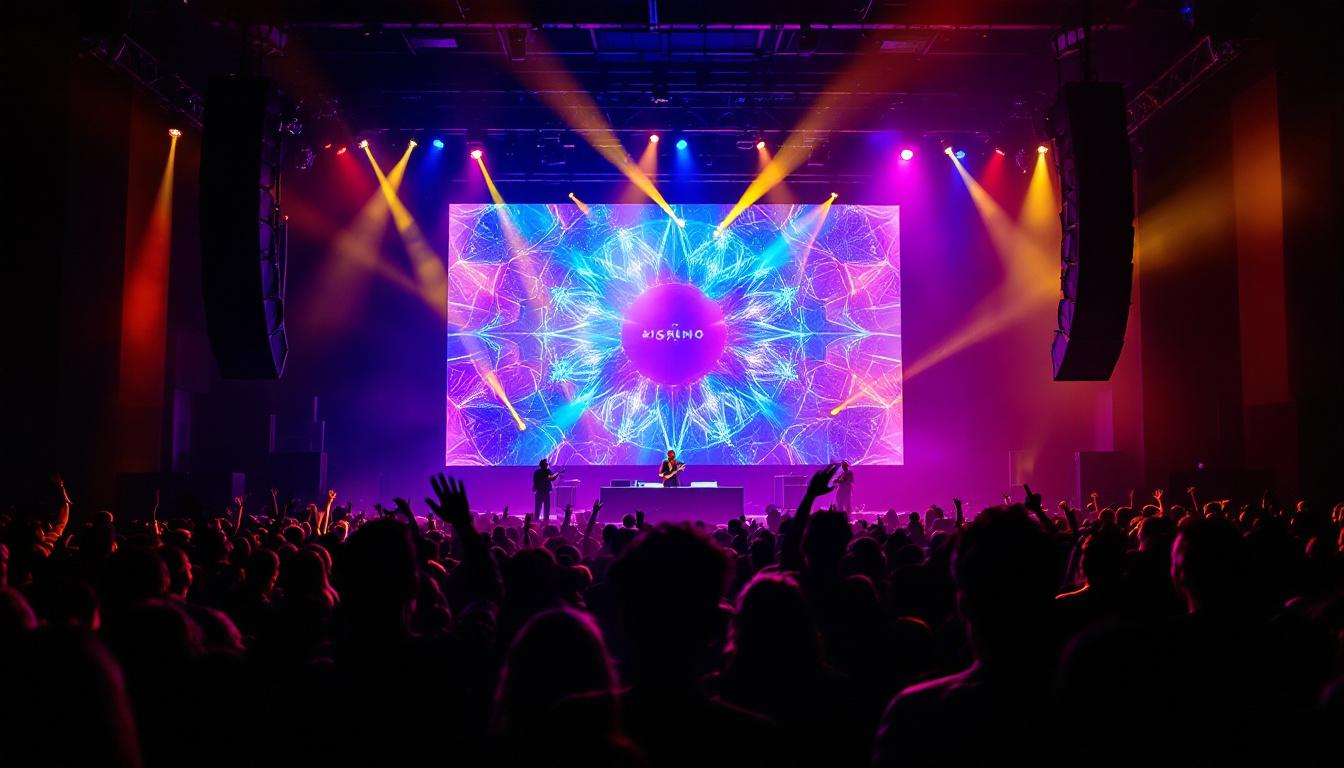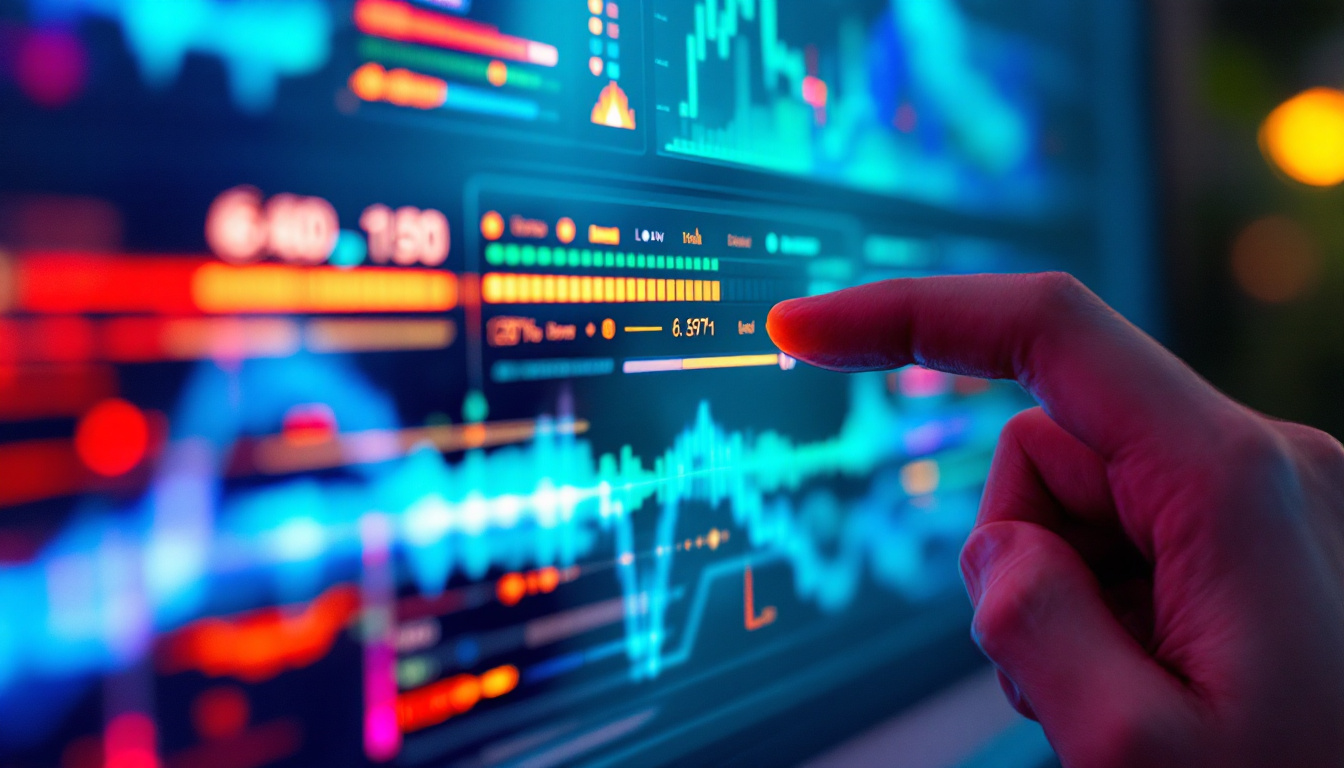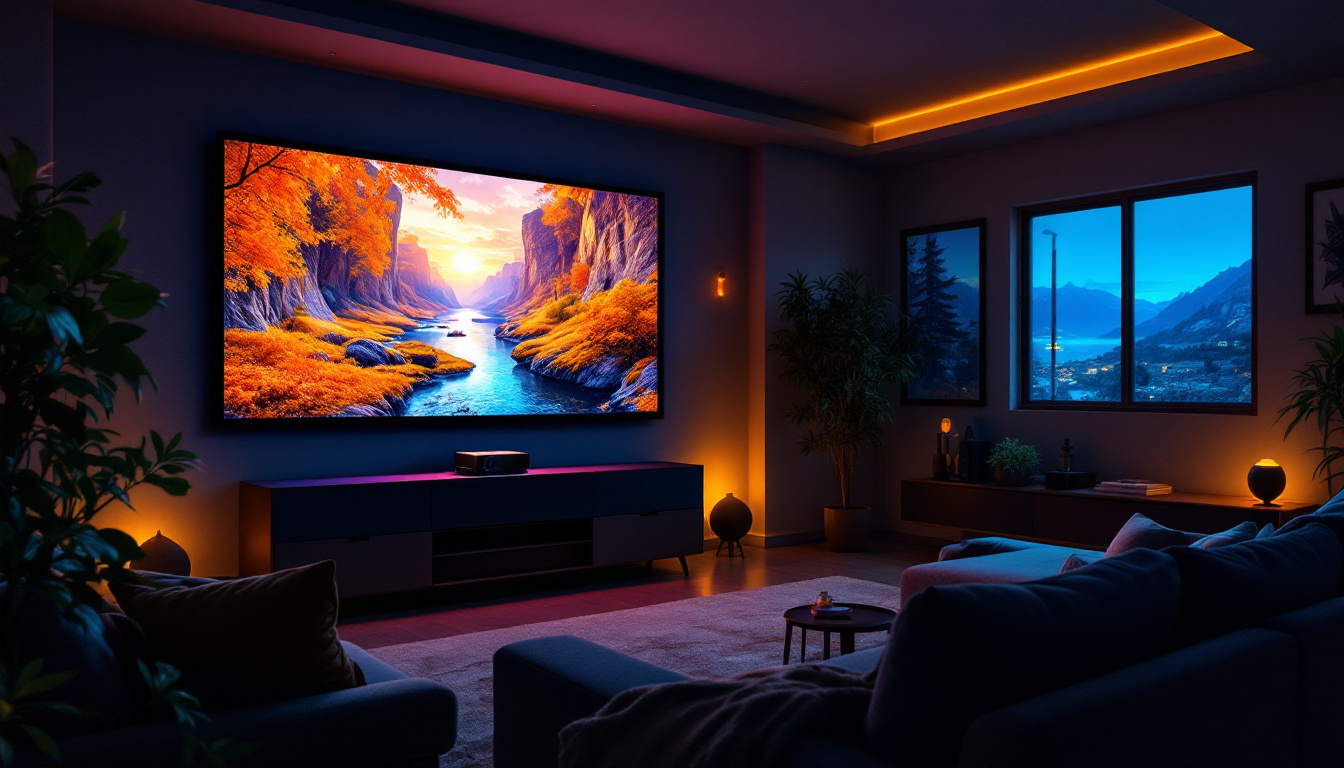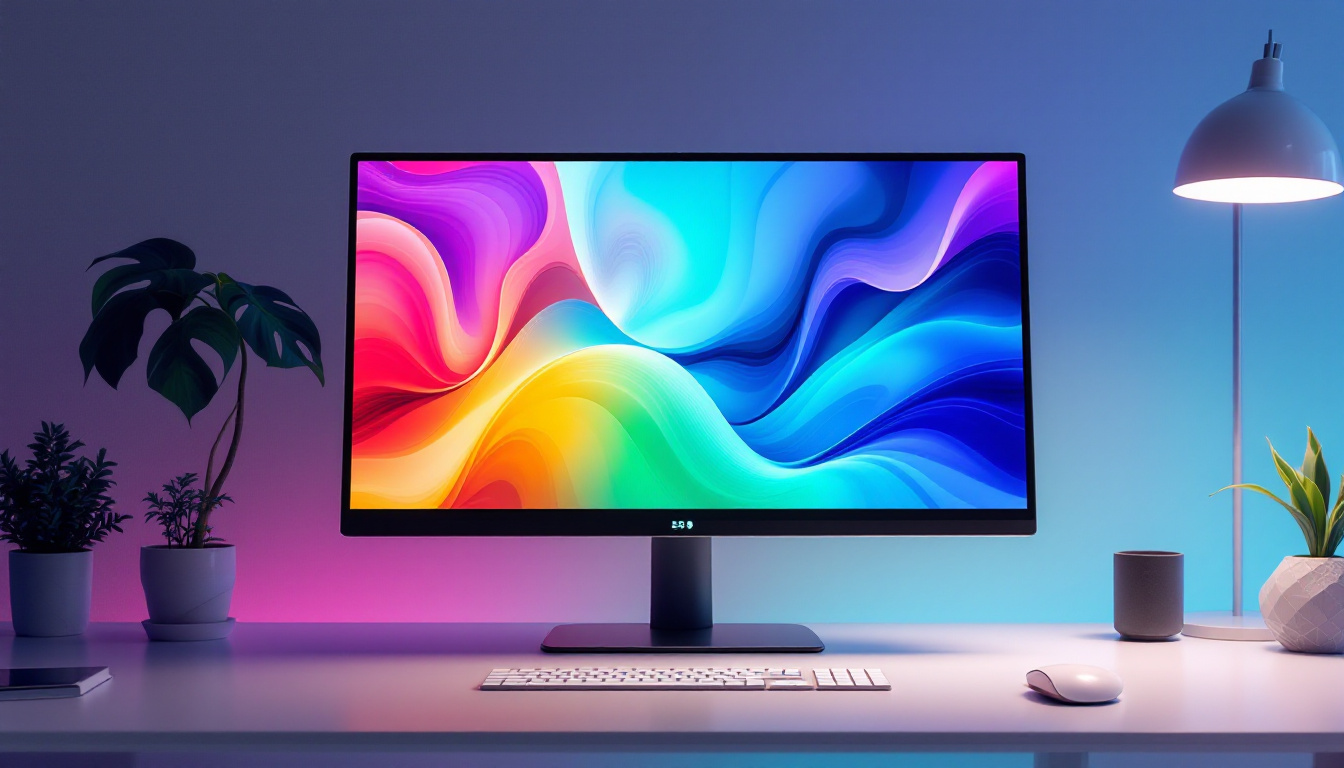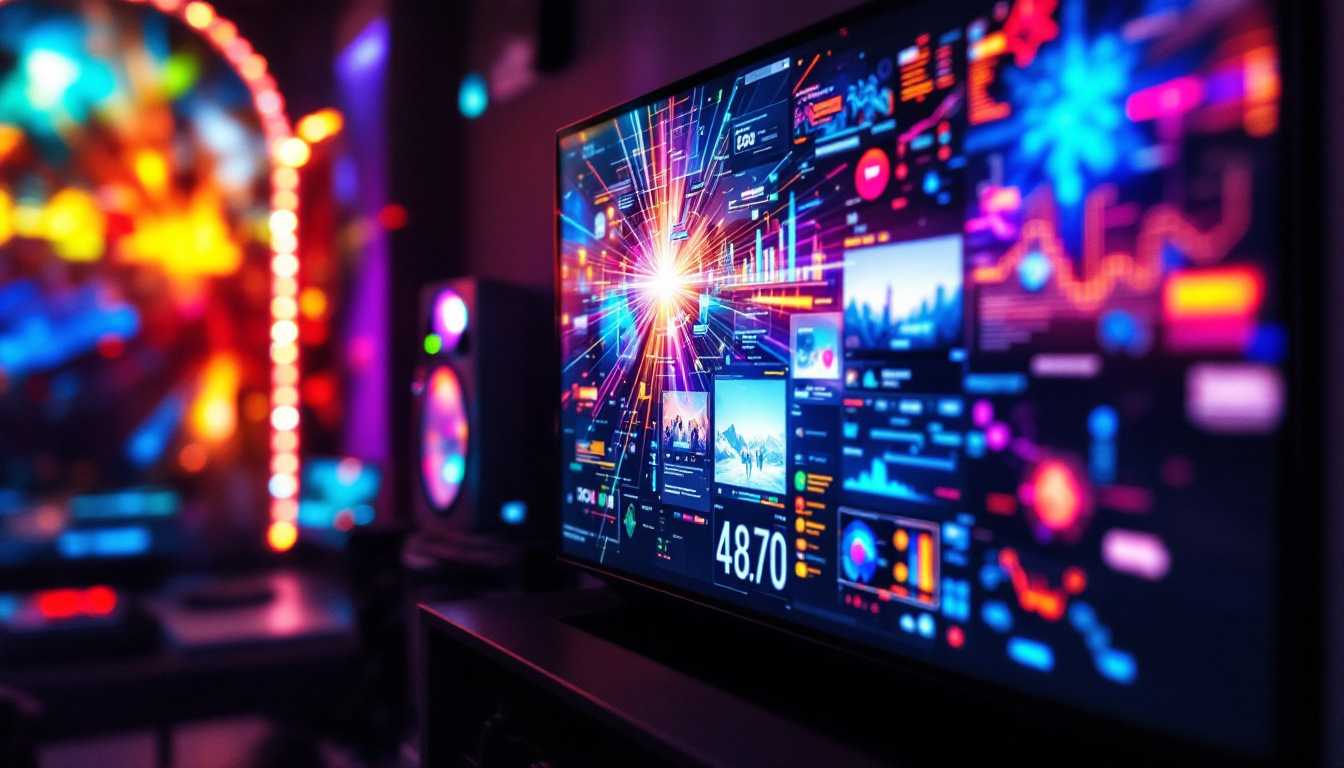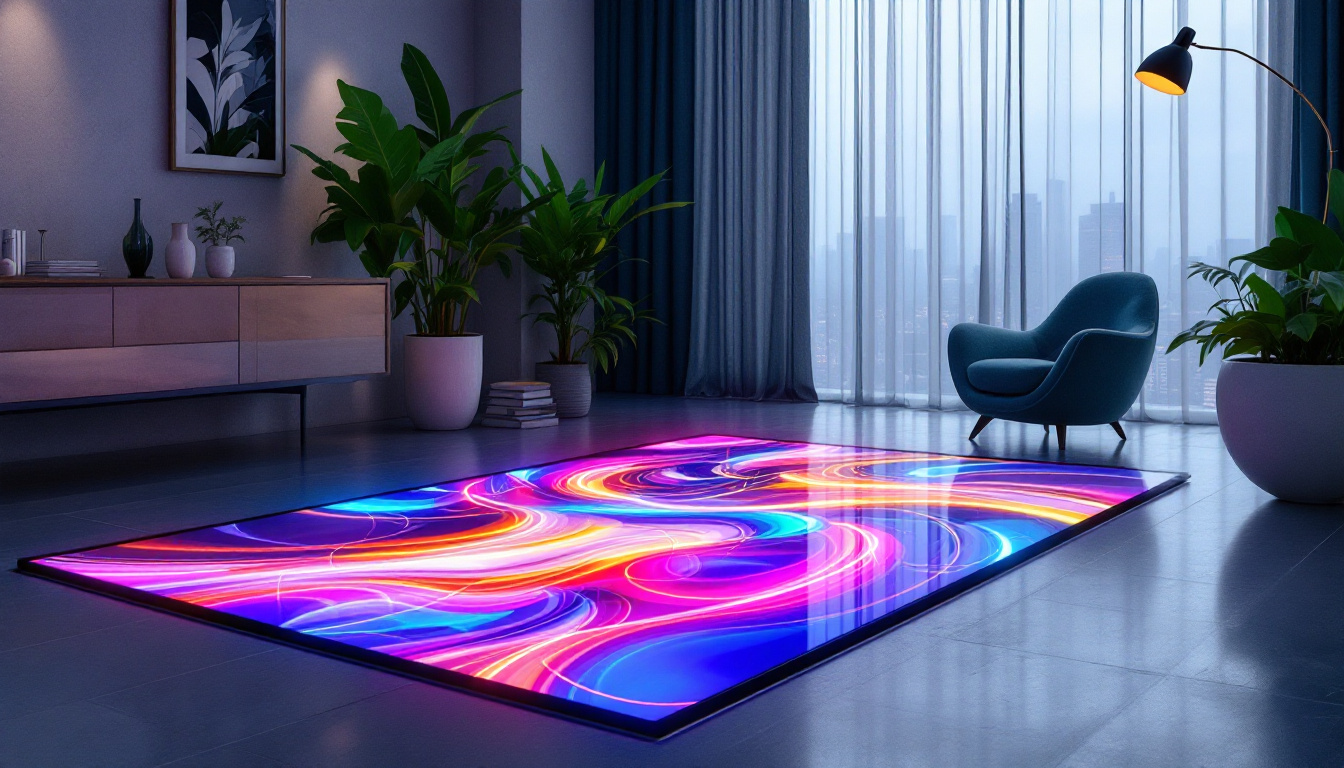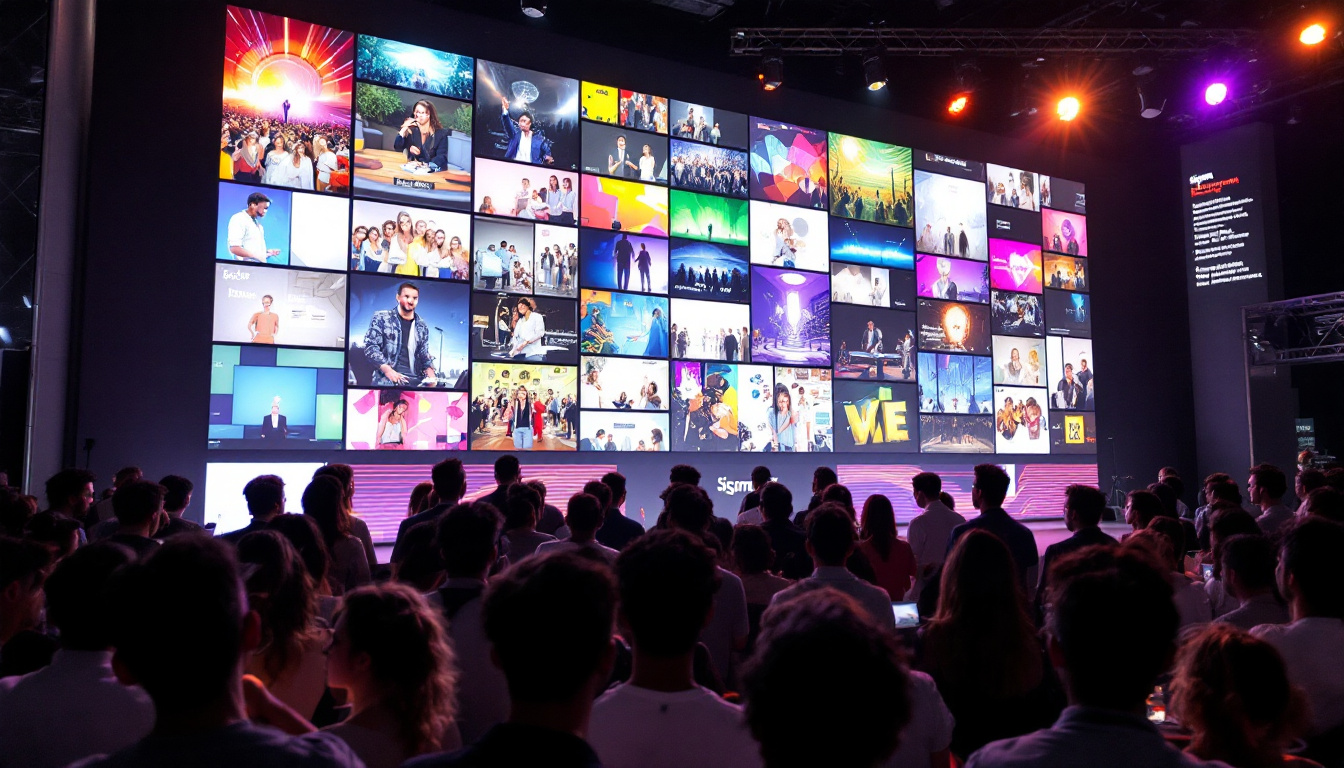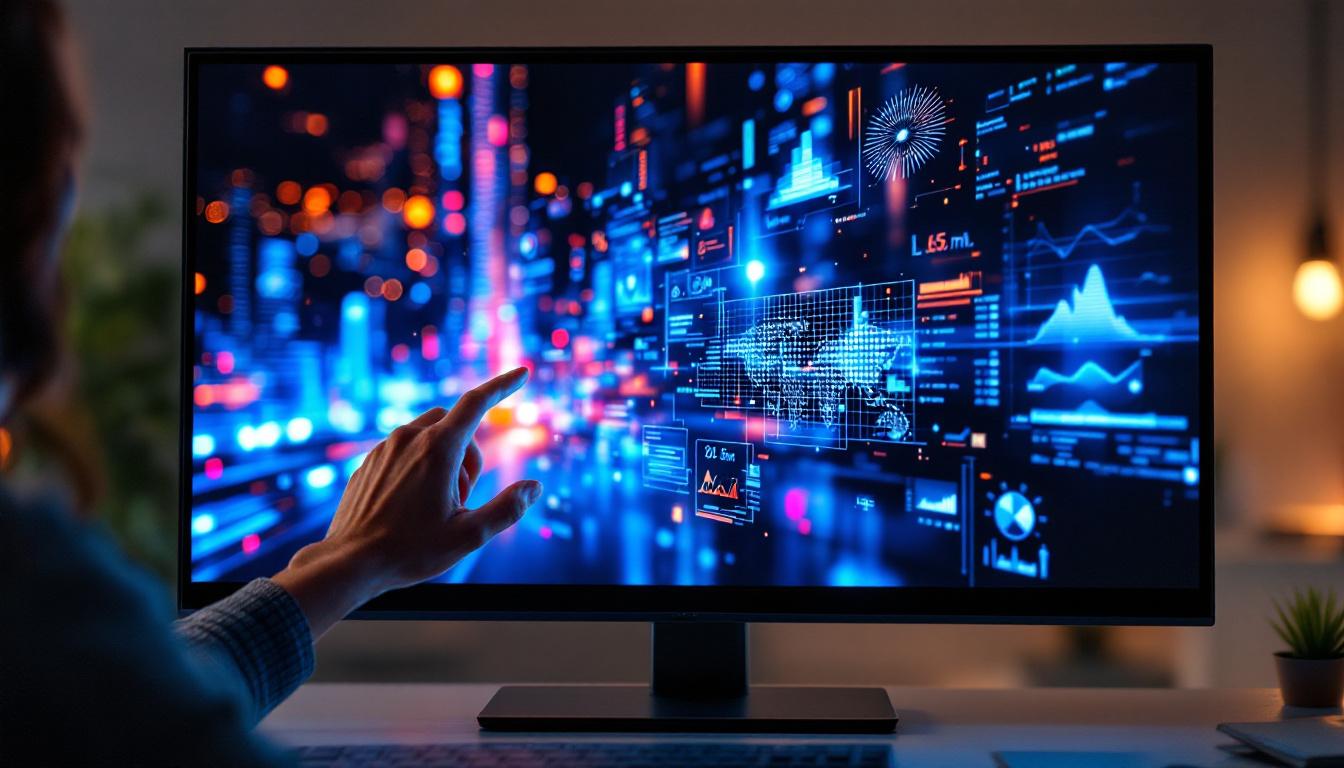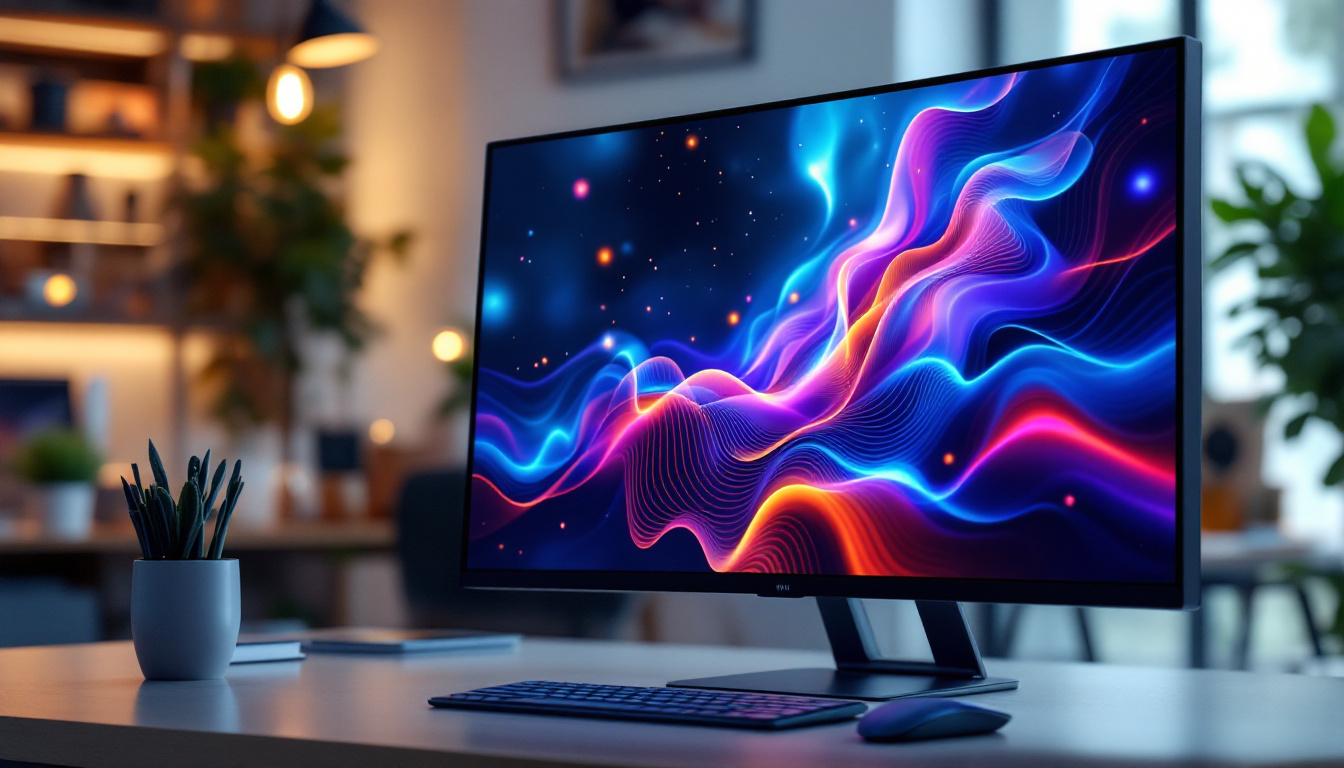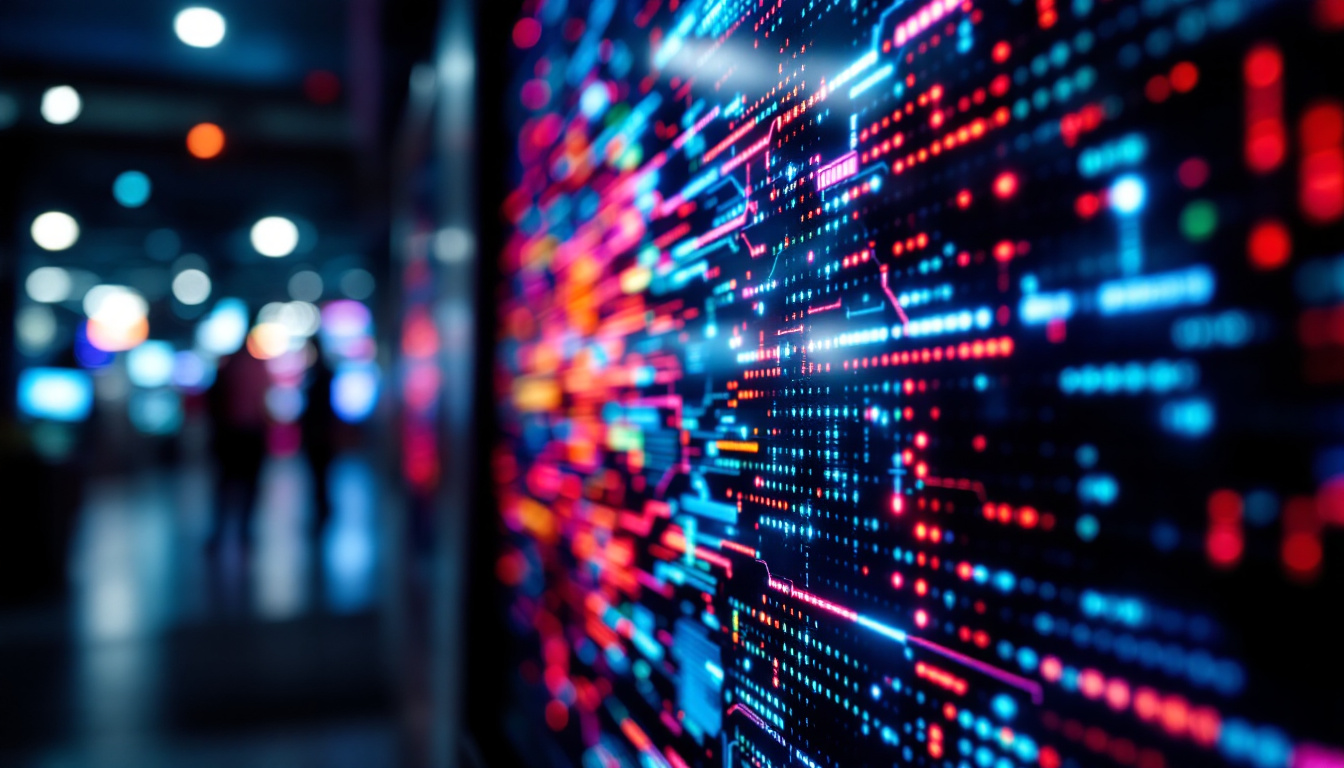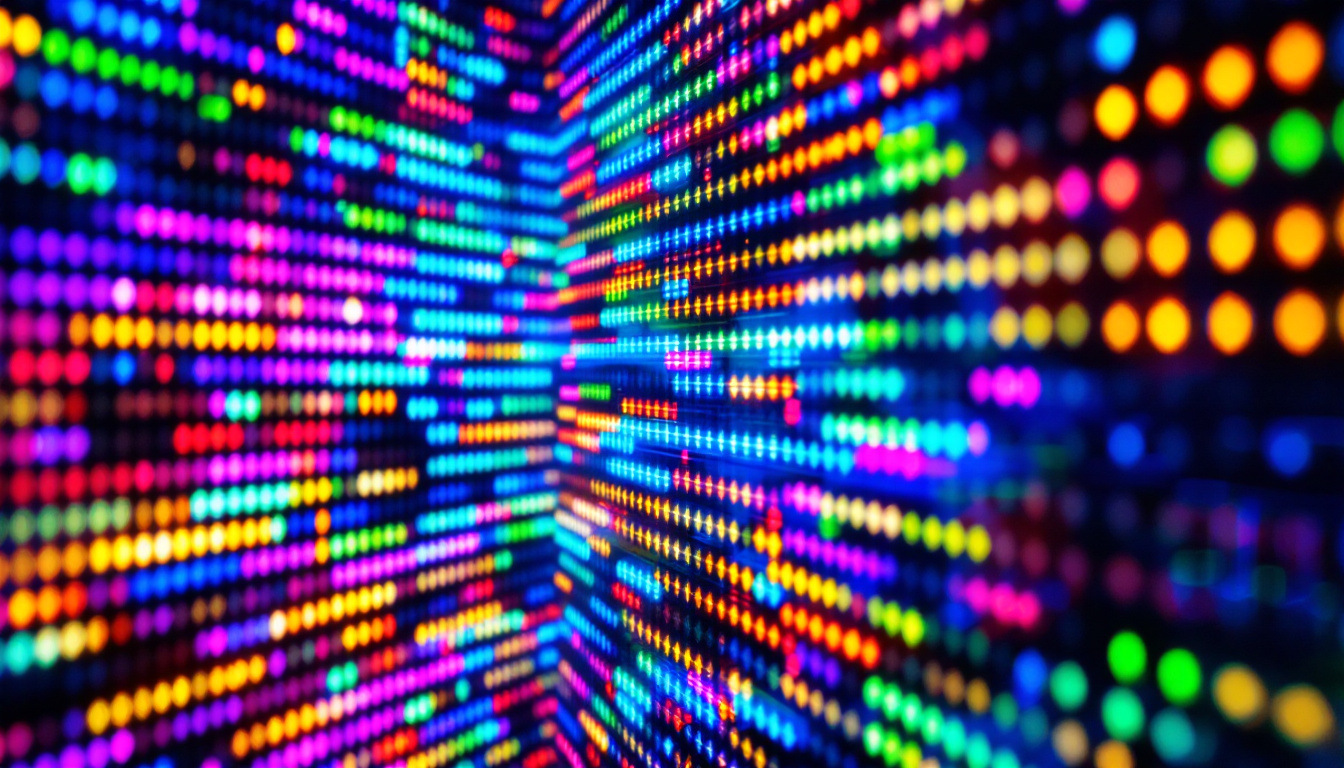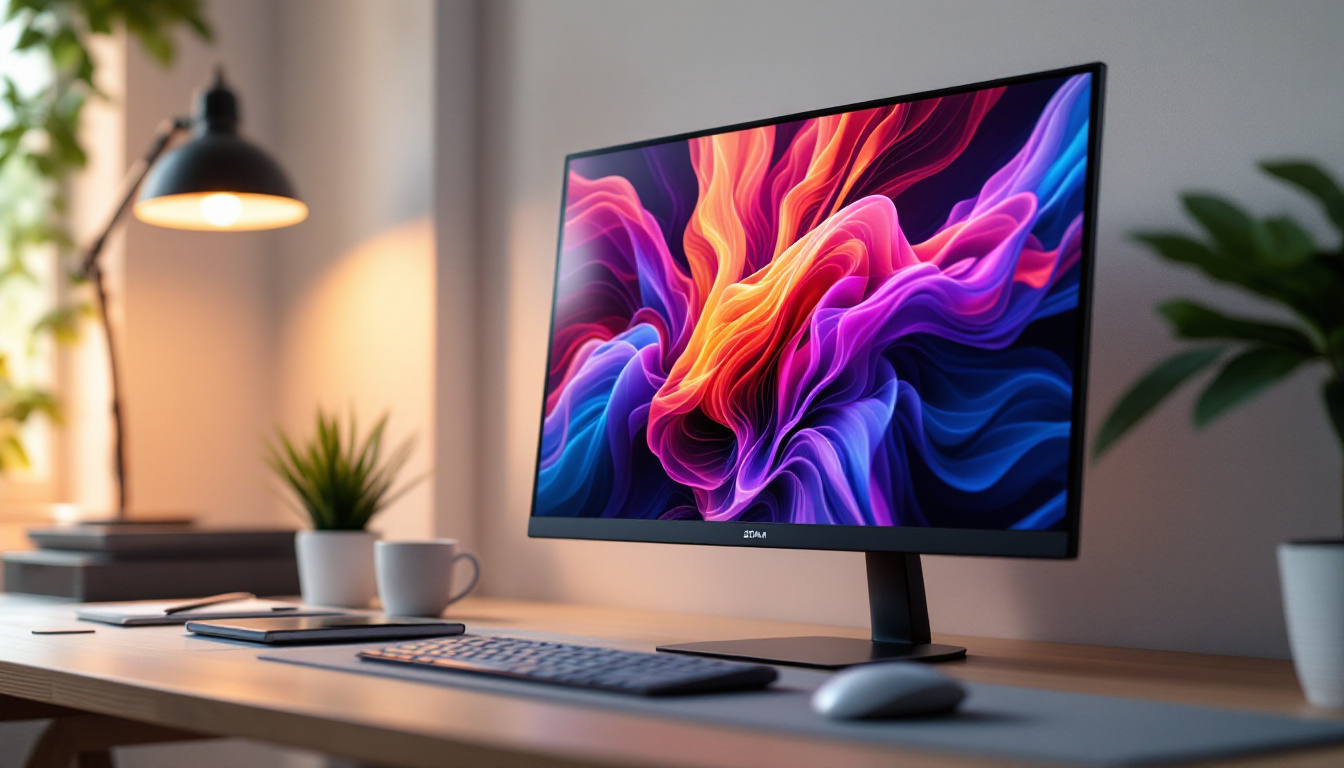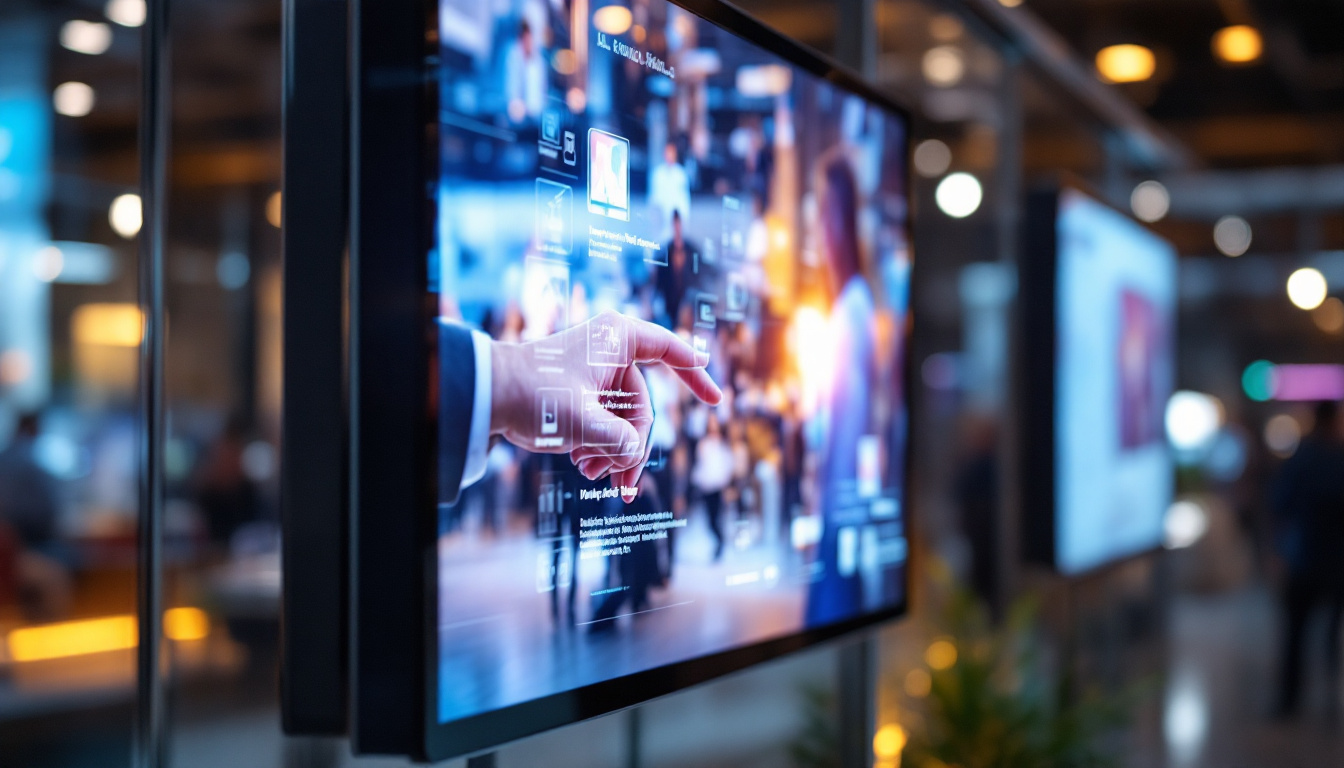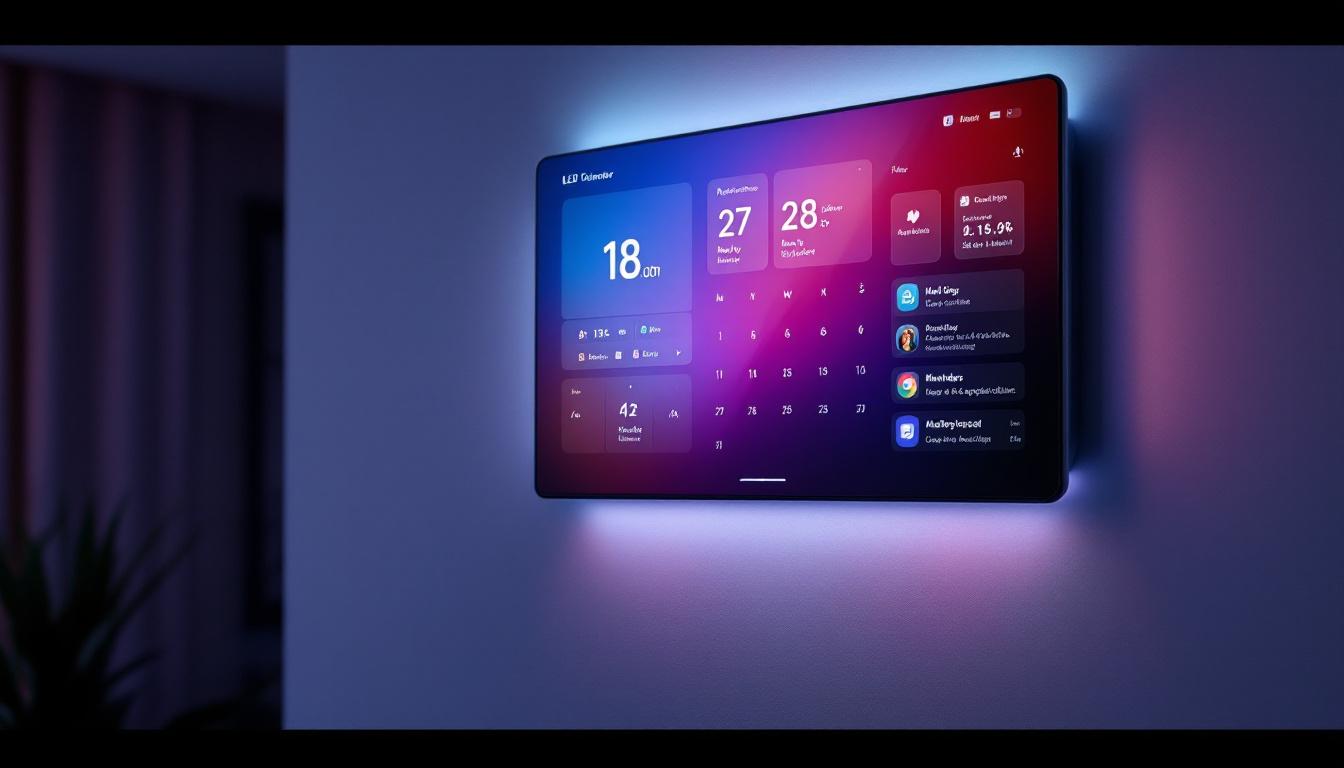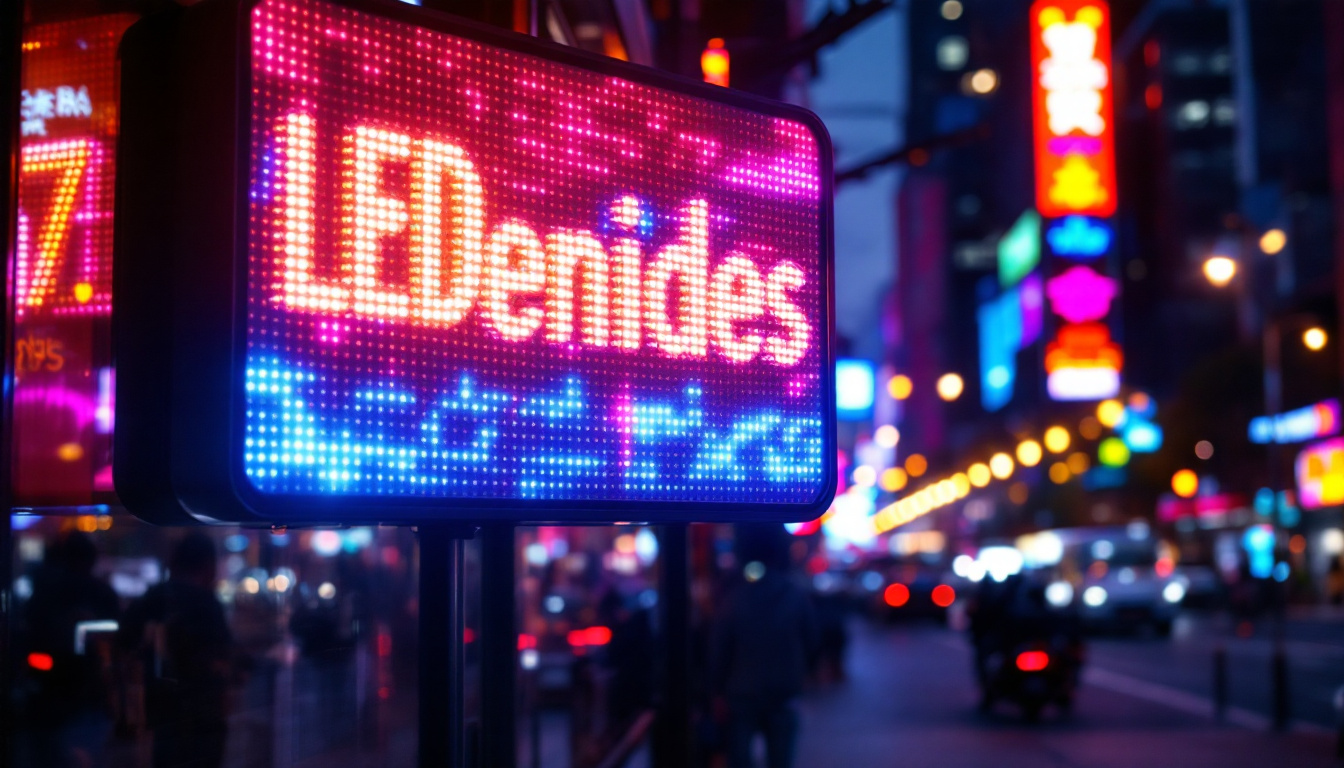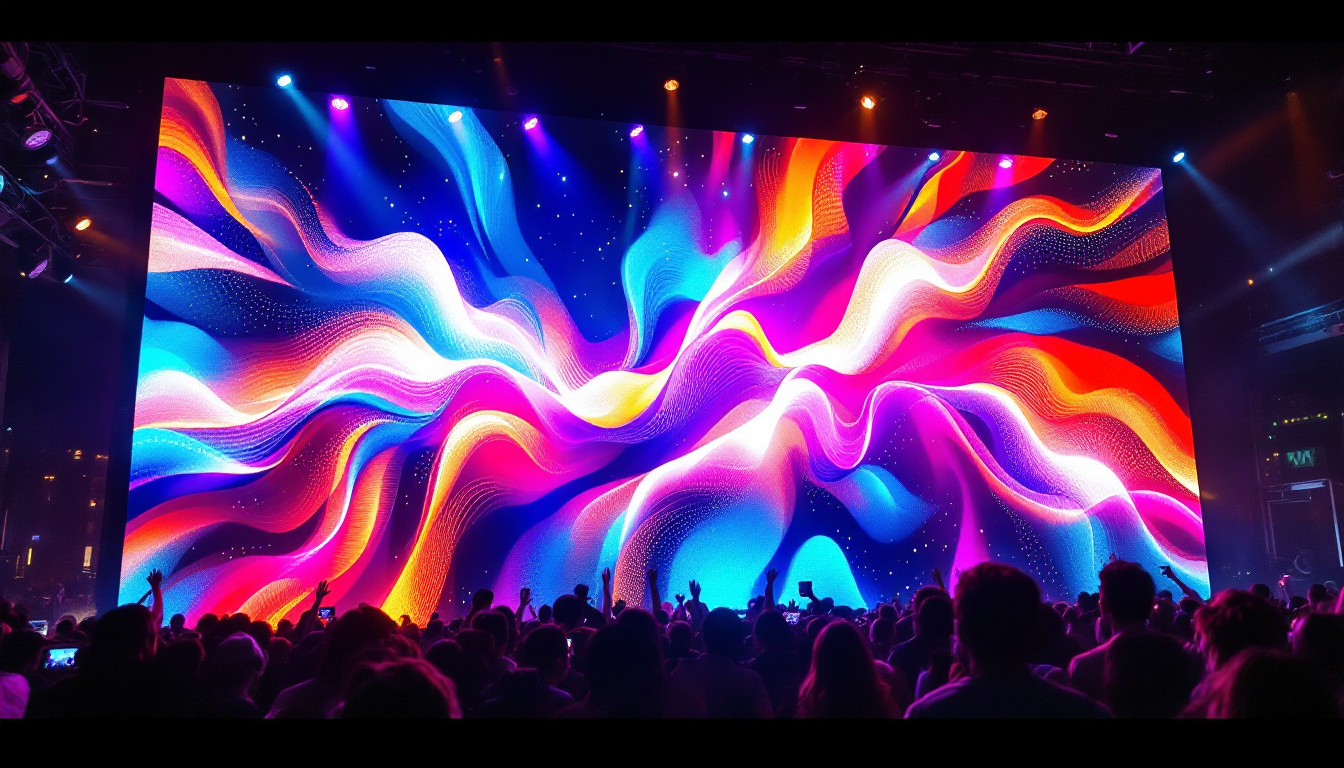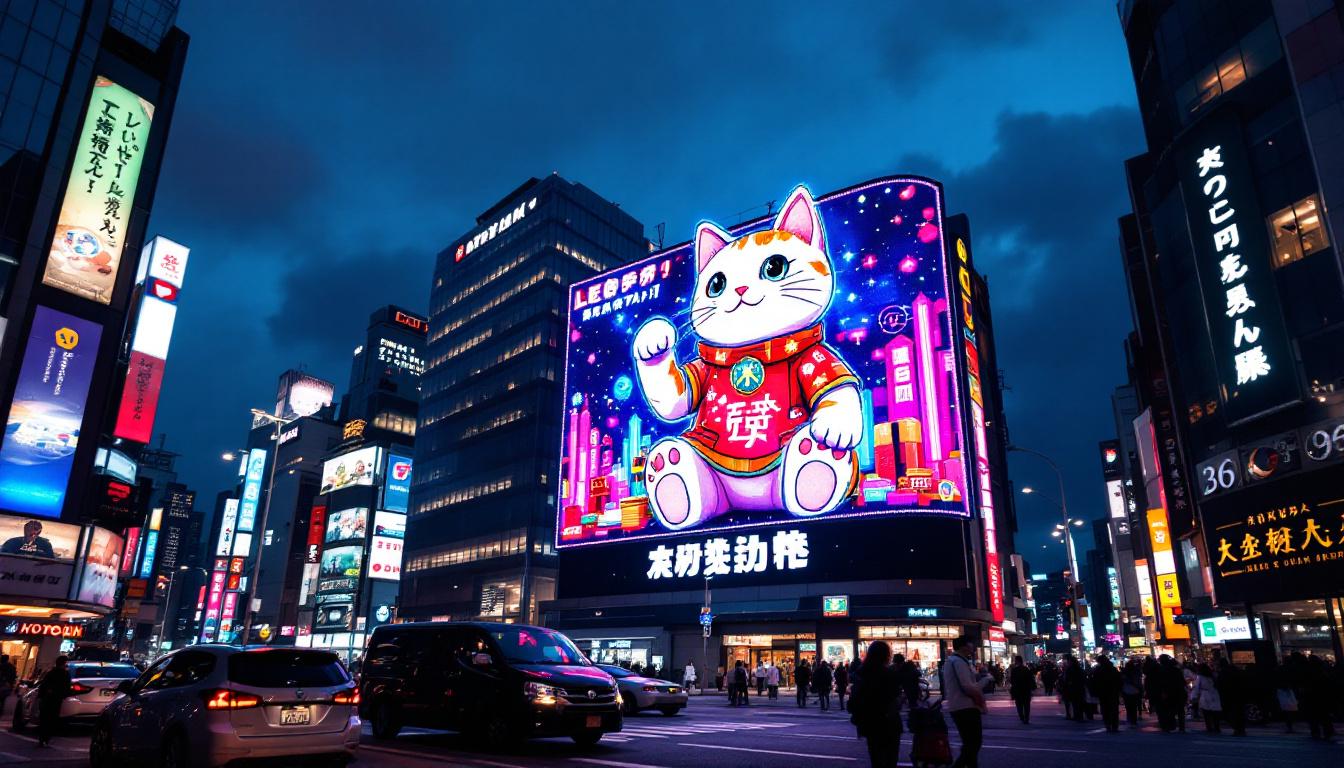The G3 Conference 2025 is set to be a landmark event in the world of technology and innovation, showcasing the latest advancements in various fields. Among the many topics that will be discussed, LED display technology stands out as a significant area of focus. This article delves into the intricacies of LED displays, their applications, and the future trends that will shape the industry.
Understanding LED Display Technology
LED, or Light Emitting Diode, displays have revolutionized the way visual information is presented. Unlike traditional display technologies, LED displays use semiconductor materials to emit light when an electric current passes through them. This fundamental difference offers numerous advantages, including higher brightness, lower power consumption, and greater durability. The impact of LED technology is evident across various industries, from entertainment to advertising, where vibrant visuals are essential for capturing audience attention.
The Basics of LED Technology
At its core, an LED display is composed of numerous tiny light sources, or LEDs, which can be arranged in various configurations. These LEDs can emit different colors based on the materials used, allowing for vibrant and dynamic visual presentations. The most common configurations include RGB (red, green, blue) systems, which combine these three primary colors to create a full spectrum of hues. The precision of color mixing in LED displays enables them to reproduce images with stunning accuracy, making them ideal for applications that require high fidelity, such as digital signage and professional video production.
One of the key features of LED displays is their scalability. They can be manufactured in a variety of sizes, from small screens used in smartphones to massive billboards that dominate city skylines. This versatility makes them suitable for a wide range of applications, from personal devices to large-scale public displays. Additionally, the modular nature of LED technology allows for easy repairs and upgrades, further extending the lifespan of these displays and making them a cost-effective solution for businesses.
Types of LED Displays
LED displays come in several types, each designed for specific applications. The most common types include:
- Direct View LED Displays: These displays are made up of individual LED modules that can be assembled into larger screens. They are often used for outdoor advertising and large events, providing bright and clear visuals even in direct sunlight. Their robustness and weather-resistant designs make them ideal for outdoor environments.
- LED Backlit Displays: These displays use LEDs to illuminate an LCD panel from behind, enhancing brightness and color accuracy. They are commonly found in televisions and computer monitors, where the combination of LED backlighting and LCD technology results in thinner, lighter screens with improved energy efficiency.
- MicroLED Displays: A newer technology, MicroLED displays consist of microscopic LEDs that can create high-resolution images with exceptional contrast and color accuracy. They are still in the early stages of commercialization but hold great promise for the future. The potential for MicroLEDs to deliver immersive viewing experiences without the drawbacks of traditional LCD or OLED screens makes them a focal point of research and development in the display industry.
Moreover, advancements in LED technology continue to push the boundaries of what is possible. Innovations such as flexible LED displays are emerging, allowing screens to bend and conform to various shapes, which opens up new creative possibilities for designers and advertisers. This adaptability not only enhances aesthetic appeal but also enables the integration of displays into unconventional spaces, further expanding the reach and impact of visual communication.
Applications of LED Displays
LED displays have found their way into numerous sectors, transforming the way information is conveyed and enhancing user experiences across various platforms.
Advertising and Marketing
One of the most prominent applications of LED displays is in advertising. Digital billboards and signage have become ubiquitous in urban environments, capturing the attention of passersby with vibrant colors and dynamic content. Advertisers can easily change their messages in real-time, allowing for targeted marketing and increased engagement.
Moreover, LED displays can be integrated into retail environments, providing interactive experiences that enhance customer engagement. For example, stores can use LED screens to showcase promotions, product demonstrations, or even social media feeds, creating a more immersive shopping experience. This interactivity not only captivates customers but also encourages them to share their experiences online, further amplifying the brand’s reach through organic social media marketing.
Additionally, the ability to analyze foot traffic and viewer engagement metrics allows businesses to optimize their advertising strategies. By utilizing data analytics, retailers can determine which displays attract the most attention and adjust their content accordingly, ensuring that their marketing efforts are as effective as possible.
Entertainment and Events
In the entertainment industry, LED displays have become essential for concerts, festivals, and sporting events. Large-scale LED screens provide audiences with a clear view of performances, ensuring that even those seated far from the stage can enjoy the show. These displays can also be synchronized with lighting and sound effects, creating a cohesive and captivating experience.
Additionally, LED technology has made its way into film production, where LED walls are used as dynamic backgrounds. This technique allows filmmakers to create realistic environments without the need for extensive set designs, streamlining the production process. The use of LED walls also enables real-time adjustments to lighting and scenery, giving directors greater flexibility during filming and enhancing the overall visual quality of the final product.
Furthermore, the rise of virtual and augmented reality experiences in entertainment has been bolstered by LED technology. By integrating LED displays with VR headsets, creators can offer audiences an immersive experience that blurs the lines between the digital and physical worlds, making events more engaging and memorable.
Transportation and Public Spaces
LED displays are increasingly being utilized in transportation hubs, such as airports and train stations, to provide real-time information to travelers. Flight schedules, boarding announcements, and wayfinding information can all be displayed on large LED screens, improving the overall travel experience.
In public spaces, LED displays serve as platforms for community engagement. They can be used to broadcast news, weather updates, and public service announcements, ensuring that citizens stay informed. Furthermore, LED displays can enhance public art installations, adding a modern twist to traditional art forms. These displays can showcase local artists’ work, turning public spaces into vibrant galleries that reflect the community’s culture and creativity.
Moreover, the integration of LED technology in smart city initiatives is paving the way for more efficient urban management. By utilizing LED displays for real-time traffic updates and emergency alerts, cities can enhance public safety and improve the flow of information during critical situations. This not only helps in managing crowds during events but also contributes to the overall well-being of residents and visitors alike.
The Advantages of LED Displays
LED displays offer numerous advantages over traditional display technologies, making them a preferred choice in various applications.
Energy Efficiency
One of the most significant benefits of LED technology is its energy efficiency. LED displays consume significantly less power compared to traditional LCD or plasma displays, leading to lower operational costs. This energy efficiency not only benefits businesses economically but also contributes to environmental sustainability.
Longevity and Durability
LED displays are designed to last longer than their counterparts. With a lifespan of up to 100,000 hours, LED screens can operate for years without needing replacement. Additionally, they are more resistant to shock and vibration, making them ideal for outdoor and high-traffic environments.
High Brightness and Contrast
The brightness and contrast levels of LED displays are unparalleled. They can deliver clear images even in direct sunlight, making them suitable for outdoor applications. This high visibility ensures that content remains engaging and legible, regardless of environmental conditions.
Challenges and Considerations
Despite their many advantages, LED displays are not without challenges. Understanding these challenges is crucial for businesses and organizations looking to invest in this technology.
Initial Costs
While the long-term benefits of LED displays are significant, the initial investment can be a barrier for some organizations. The cost of high-quality LED technology can be substantial, particularly for large-scale installations. However, as technology advances and production methods improve, prices are expected to decrease over time.
Maintenance and Upkeep
Although LED displays are durable, they still require regular maintenance to ensure optimal performance. Dust and debris can accumulate on the surface, affecting image quality. Additionally, any malfunctioning LEDs may need to be replaced to maintain uniform brightness and color. Organizations must factor in these maintenance costs when planning their budget.
Content Management
Creating and managing content for LED displays can be complex. Organizations need to invest in software and training to ensure that their content is engaging and up-to-date. Additionally, the dynamic nature of LED displays requires frequent updates, which can be resource-intensive.
The Future of LED Displays
The future of LED display technology is bright, with several trends poised to shape its evolution in the coming years.
Advancements in MicroLED Technology
MicroLED technology is at the forefront of innovation in the display industry. With the potential to deliver even higher resolutions and better color accuracy than traditional LED displays, MicroLEDs are expected to become more mainstream. As production techniques improve, the costs associated with MicroLED technology are likely to decrease, making it accessible to a broader range of applications.
Integration with Augmented and Virtual Reality
As augmented reality (AR) and virtual reality (VR) technologies continue to evolve, the integration of LED displays into these platforms will become increasingly important. LED screens can serve as immersive environments for AR and VR experiences, enhancing user engagement and interaction. This integration will open new avenues for entertainment, education, and training.
Sustainability Initiatives
With growing awareness of environmental issues, the LED display industry is likely to focus on sustainability initiatives. Manufacturers are expected to prioritize eco-friendly materials and production methods, while end-users will seek energy-efficient solutions that align with their sustainability goals. This trend will not only benefit the environment but also enhance brand reputation among consumers.
Conclusion
The G3 Conference 2025 promises to be an exciting event, highlighting the latest advancements in LED display technology. As this technology continues to evolve, its applications will expand, offering new opportunities for businesses and organizations across various sectors. Understanding the intricacies of LED displays, their advantages, and the challenges they present is essential for anyone looking to leverage this powerful technology in the future.
As the industry moves forward, staying informed about emerging trends and innovations will be crucial for maximizing the potential of LED displays. Whether in advertising, entertainment, or public information, LED technology is set to play a pivotal role in shaping the visual landscape of tomorrow.
Explore Cutting-Edge LED Display Solutions
As you contemplate the future of LED displays and their transformative impact on various industries, consider LumenMatrix as your partner in innovation. With a commitment to revolutionizing visual communication, LumenMatrix offers a comprehensive range of LED display solutions tailored to your needs. From Indoor and Outdoor LED Wall Displays to specialized options like Vehicle, Sports, and Floor LED Displays, our products are designed to captivate your audience and amplify your message. Embrace the future of digital signage with LumenMatrix and create unforgettable visual experiences. Check out LumenMatrix LED Display Solutions today and see how we can illuminate your brand’s potential.

